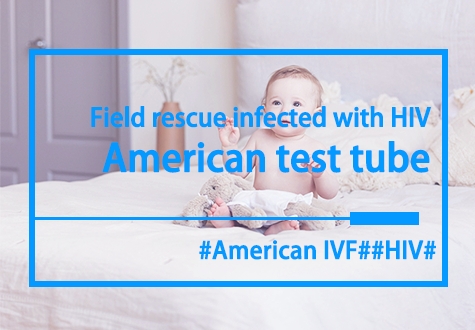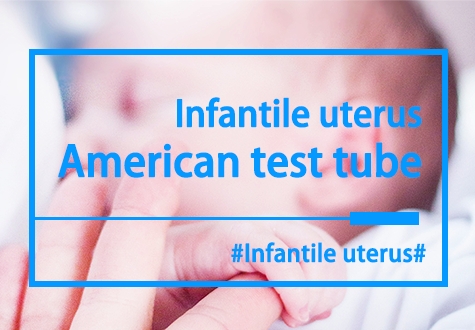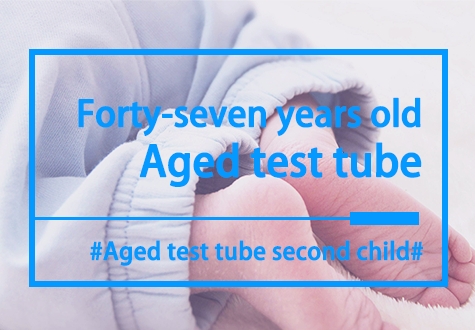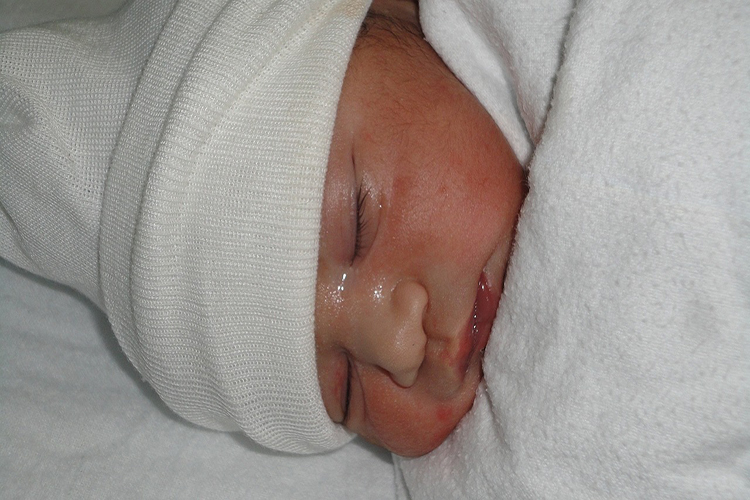The process after three generations of test tube egg retrieval is detailed
Egg retrieval is the first and crucial step in the three-generation test tube technique. Usually, the timing of egg retrieval will be carried out at a specific stage of a woman's menstrual cycle, and the doctor will precisely schedule it according to the patient's menstrual cycle and individual circumstances. The following is the specific process after three generations of test tube egg retrieval:

1. Preparation period
Patients usually need a period of preparation before undergoing egg retrieval surgery. This period includes a thorough physical examination by the doctor to ensure that the patient is fit for surgery. In addition, the doctor may also perform a related examination of the patient's reproductive system to determine the best time and protocol for egg retrieval.
2. Promote ovulation
After determining the time of egg retrieval, the patient will receive ovulation induction therapy. The use of ovulation stimulating drugs is designed to promote the growth and development of follicles and increase the chances of successful egg retrieval. According to the patient's individual conditions and clinical manifestations, the doctor will develop an appropriate ovulation promotion program and monitor the growth of follicles.
3. Egg retrieval surgery
Once the follicles have developed to the right size, the doctor will schedule an egg retrieval procedure. This procedure is usually performed when the follicles have developed to a certain extent to ensure the maturity and number of eggs. Egg retrieval is usually done in a hospital operating room and requires anesthesia. The doctor will use ultrasound-guided technology to remove the mature eggs through a puncture technique.
4. Care after egg retrieval
After the egg retrieval procedure, the patient needs proper rest and care. The doctor will observe the patient and provide the necessary medication to prevent complications from occurring. Usually, patients can be discharged within a few hours, but they need to continue to rest and pay attention to their physical condition at home.
5. Embryo cultivation and transfer
After egg retrieval, the eggs are collected and combined with sperm to form an embryo. The doctor will select the healthiest embryo and transfer it. Embryo transfer usually takes place within a few days of egg retrieval, after which the patient needs further observation and care to improve the chances of a successful pregnancy.
6. Follow-up and pregnancy testing
After the transplant, the patient needs to have regular follow-up checkups, and the doctor will monitor the patient's pregnancy. During the scheduled time, the doctor will perform a pregnancy test to confirm a successful pregnancy.
The above is the detailed process after three generations of test tube egg retrieval. This process requires the precise operation of the doctor and the cooperation of the patient in order to proceed smoothly. If you are considering three generations of tube technology, it is recommended to consult a professional doctor in time to learn more about the relevant information.














